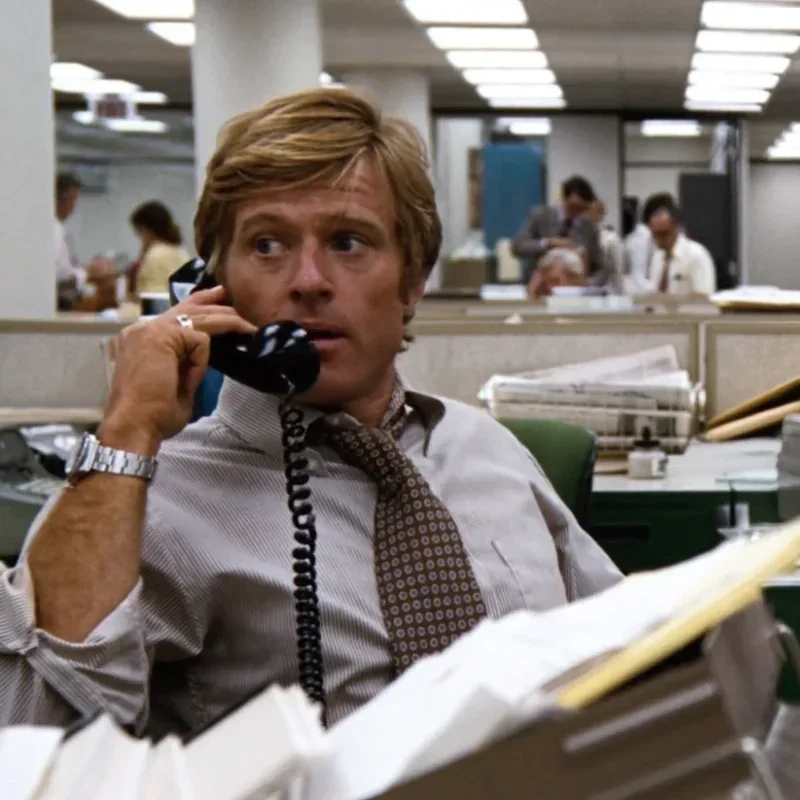How Misinformation Still Spreads Through Non-Engagement
“Doing nothing can sometimes be the most effective form of action.”(Kwan, 2013)
Describing ‘news articles that are intentionally and verifiably false, and could mislead readers’, Allcott and Gentzkow’s ‘Social Media and Fake News in the 2016 Election’ (Allcott & Gentzkow, 2017) motivates a position where the psychological utility of fake news is expressed as reinforcing existing heterogeneous priors and ideological segregation, asking consumers to make tradeoffs between the unbiased accurate news they seek, and the psychological utility of the news they consume. They describe how social media acts as an often-volatile incubator for the spread of fake news, freed from the traditional constraints of cost, distribution, and importance of building long-term reputation (Allcott & Gentzkow, 2017).
Social news feeds are where 62% of American adults report getting their news (Gottfried & Shearer, 2016 in Allcott & Gentzkow, 2017), and where there is deliberate algorithmic reduction in the presentation of a diversity of opposing views. These ‘echo chambers’ insulate users from contrary perspectives and ‘impose private and social costs by making it more difficult for consumers to infer the true state of the world’ (Allcott & Gentzkow, 2017). Fake news is cheaper to produce than accurate reporting, free of ‘third party filtering, fact-checking, or editorial judgment’ (Allcott & Gentzkow, 2017), and a place where consumers, even if they think they can, are unable to tell the difference between inexpensive and accurate.
Allcott and Gentzkow’s argument attempts to define the value of fake news shaped by quantitative evidence of how many times fake articles were read or shared, impressions on fake news websites, and a qualitative survey estimating the number of articles respondents saw and remembered prior to the 2016 election (Allcott & Gentzkow, 2017). But in doing this, their method overlooks two important aspects on either side of that user journey. They ignore the enormous scale and reach of social posts which have no engagement but are still seen in the context of the news feed. Seeing but not engaging is a powerful form of online attention, is highly measurable (as impressions), but attention without action as a variable is absent in Allcott and Gentzkow’s work. Here the power of headline and thumbnail become critical, with only a fraction of these users taking the next step to engage outside of scrolling past. In quantifying fake news visibility, Allcott and Gentzkow begin their analysis too late in the process.
Similarly, Allcott and Gentzkow’s method ends with a monetized page view on a fake news website, but does nothing to analyze the viewability, and the repeatability of those page views. Engagement on fake news websites is not created as equally as Allcott and Gentzkow suggest. Some users read one article and never return. Some become habituated, possibly even subscribed, and are much more valuable to those creating fake news. This is the highly monetized audience fake outlets seek, but again this is missing from the analysis as spectrum of consumption. As Guillén explains, not everyone gets politically mobilized through social media (Guillén, 2020), but not everyone has to like, comment, and share to develop partisan views or mobilize either.
Allcott and Gentzkow’s analysis articulates the blunt digital economics of fake news but doesn’t include the entire breadth and depth of such practice, and importantly misses both the full scope of social distribution and including what the user doesn’t do in the feed or does do after arriving on the fake news site. In leaning on an argument in which 62% of American adults get news from social media, Allcott and Gentzkow ignore the importance of non-engagement and simply being exposed to fake news, independent of likes, shares, and comments as a powerful means by which misinformation is consumed.




































